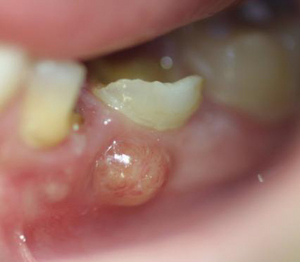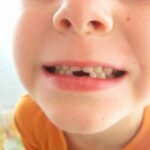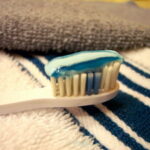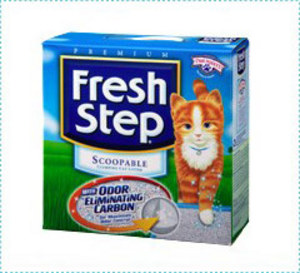Tooth decay in children affects both baby teeth and permanent teeth. Parents who make the time to learn how children can prevent the need for a tooth extraction by properly using fluoride toothpaste and flossing as part of their oral hygiene routine, usually find that this can go a long ways toward preventing other associated health problems as well.
Causes of Tooth Decay in Children
Tooth decay in children has a number of different causes. WebMD reports that in very young children it may be traced back to being put to bed with a bottle of milk, causing sugar devouring bacteria to steadily feast on the remnants of the milk and excreting acids that attack the dental enamel in the process.
Some parents fail to realize that preserving baby teeth is crucial for the health of the child’s future permanent teeth, and this may actually lead to less stringent attention being paid to oral hygiene procedure in the very young.
In other cases it is the accidental injury to the mouth that leads to cracked and chipped teeth, which in turn invite bacteria to penetrate them. This may happen during play but also during sports, and for this reason pediatric dentists usually ask if the parent is aware of any injury to the mouth the child may have sustained. It is interesting to note that dentists also consider teeth grinding to be such an injury.
Symptoms associated With Pediatric Tooth Decay
Probably the most noticeable symptom associated with pediatric tooth decay is bad breath. Children, just like adults, will experience a change in their mouth odor when teeth are decaying.
Usually there is little pain coupled with the beginning stages of tooth decay in children, although the more advanced stages mimic the same pains and sensitivities as those in adults. Other symptoms are a slight discoloration of certain portions of the teeth. Since in some cases these are as small as the head of a pin, they are not easily seen by the parent.
Remedies and Treatment for Tooth Decay in Children
The only kind of treatment that truly works is a visit to the family dentist of pediatric specialist. The hygienist will clean the child’s mouth, remove plaque and tartar, take dental x-rays, and then let the dentist take a good look at the extent of the tooth decay in the young patient.
Tooth extraction is a last resort since dentists will work hard to preserve baby teeth, knowing how children need them to keep the places for the permanent teeth properly spaced. When the cavities are repaired, the family dentist will most likely suggest the application of dental sealants. This is a procedure that affixes a resin to the teeth, making them les vulnerable to bacterial attacks.
The final treatment for tooth decay in children is a review of proper oral hygiene; including the use of an age and development appropriate tooth brush, fluoride toothpaste, and also the mechanics of flossing. Parents also find it helpful – for other children – to purchase a pre-brush rinse, such as Listerine’s Agent Cool Blue, which stains the plaque and makes it easier for the child to recognize the necessity of brushing and also where and for how long to brush.
Sources: http://www.webmd.com/oral-health/oral-health-problems-children; http://www.listerinekids.com/







